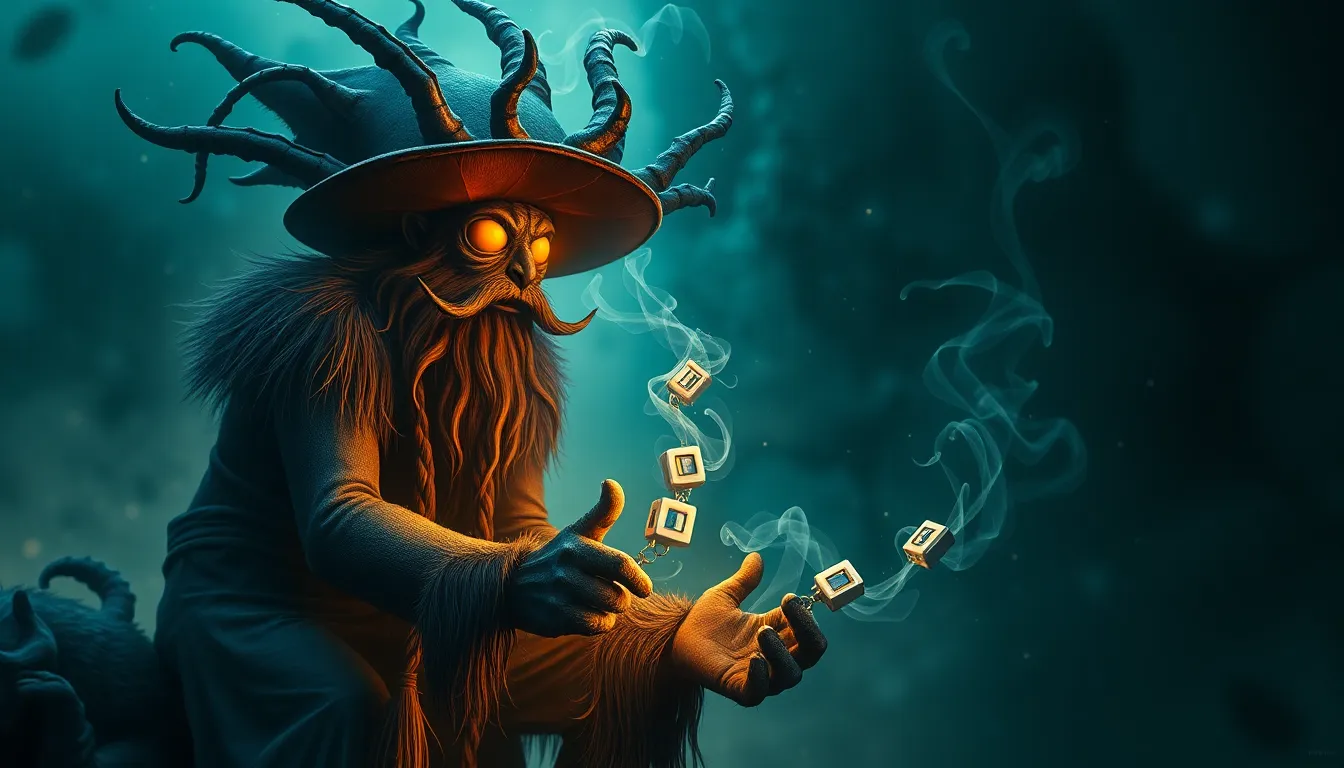The Role of Tricksters in Teaching Life Lessons
I. Introduction
Tricksters are fascinating figures found in various cultures worldwide, often characterized by their cleverness, humor, and ability to subvert norms. These characters serve multiple roles—ranging from heroes to mischief-makers—and are pivotal in imparting life lessons through their antics. Tricksters exist in myths, folklore, and modern narratives, showcasing their significance in teaching valuable morals and critical thinking skills. This article explores the various ways in which tricksters convey important life lessons across cultures and time.
II. Historical Context of Tricksters
The archetype of the trickster has ancient origins, appearing in the mythologies and folktales of many different cultures. From the cunning Anansi of West African folklore to the mischievous Loki of Norse mythology, tricksters have played crucial roles in storytelling.
- Anansi: A spider who often outsmarts larger animals, teaching lessons about intelligence over brute strength.
- Loki: A complex figure who embodies chaos yet often aids the gods, illustrating the dual nature of trickster behavior.
- Coyote: A prominent character in Native American legends, representing cunning and adaptability.
Cultural variations in trickster portrayals highlight differing societal values and morals, showcasing how these figures adapt to local contexts while still conveying universal lessons.
III. Psychological Perspective on Tricksters
From a psychological standpoint, tricksters utilize humor and deception not merely for entertainment but as essential tools for learning. Their antics often challenge conventional thinking, acting as catalysts for critical thinking and problem-solving.
- Humor and Deception: Trickster tales often incorporate absurdity and wit, making complex ideas accessible and engaging.
- Catalysts for Critical Thinking: By presenting unexpected outcomes, tricksters encourage audiences to think critically about their assumptions.
- The Concept of Play: Trickster behavior embodies a playful approach to learning, promoting engagement and exploration.
IV. Common Themes in Trickster Tales
Trickster narratives frequently explore several recurring themes that resonate with audiences:
- Subversion of Authority: Tricksters often challenge societal norms and authority figures, leading to reflections on power dynamics.
- Importance of Adaptability: Many trickster tales emphasize the need for cunning and flexibility in navigating life’s challenges.
- Lessons about Morality: Actions of tricksters often spark discussions about ethics, illustrating the complexities of right and wrong.
V. Tricksters in Contemporary Literature and Media
In modern literature and media, tricksters continue to thrive, adapted to fit contemporary narratives. Characters like Deadpool and Jack Sparrow embody the trickster archetype, showcasing humor and rebellion.
- Deadpool: A superhero known for breaking the fourth wall, using humor to address serious themes such as identity and morality.
- Jack Sparrow: The cunning pirate whose unpredictable behavior often leads to unexpected outcomes, challenging authority and societal norms.
These portrayals significantly impact audience perceptions, often highlighting the value of resilience, creativity, and humor in overcoming obstacles.
VI. Tricksters as Agents of Change
Tricksters often serve as agents of change, challenging the status quo and inspiring social movements. Their ability to disrupt traditional narratives allows for fresh perspectives on societal issues.
- Challenging the Status Quo: Tricksters can provoke thought and action against injustices, encouraging audiences to rethink accepted beliefs.
- Influence in Activism: Many activists adopt trickster strategies, using humor and satire to address serious issues, such as political corruption and social inequality.
- Humor in Serious Issues: The use of humor makes difficult topics more approachable, fostering discussions that might otherwise be avoided.
VII. Teaching Life Lessons through Trickster Narratives
Educators can effectively utilize trickster stories in teaching life lessons. These narratives not only entertain but also serve as valuable educational tools.
- Methods of Use: Incorporating trickster tales into lesson plans can stimulate discussions about ethics, creativity, and problem-solving.
- Storytelling as a Tool: Storytelling engages students, making complex concepts more relatable and memorable.
- Integrating into Curricula: Trickster tales can foster essential life skills such as adaptability, resilience, and critical thinking.
VIII. The Dual Nature of Tricksters
Tricksters embody a dual nature, existing on the fine line between chaos and wisdom. Their actions often have unintended consequences, highlighting the complexities of morality.
- Chaos vs. Wisdom: While tricksters may seem frivolous, their actions can impart profound insights about life.
- Consequences of Actions: Trickster narratives often illustrate the ripple effects of decisions, prompting audiences to consider responsibility.
- Balancing Fun and Responsibility: Life lessons derived from trickster tales encourage a balance between enjoyment and accountability.
IX. Critiques and Limitations of Trickster Lessons
While trickster tales are rich in lessons, they are not without critiques:
- Potential for Misinterpretation: Trickster behavior can be misunderstood, leading to harmful stereotypes or lessons.
- Cultural Appropriation: Sharing trickster stories requires sensitivity to cultural origins and contexts to avoid misrepresentation.
- Complex Morality: The morality in trickster narratives is often ambiguous, which can confuse audiences about ethical lessons.
X. Conclusion
Tricksters play a vital role in teaching life lessons, bridging cultures and generations through their cleverness and humor. They challenge societal norms, inspire critical thinking, and engage audiences in complex moral discussions. By examining trickster narratives, we gain valuable insights into adaptability, resilience, and the importance of questioning authority. As we continue to explore these multifaceted figures, we can appreciate their enduring impact on our understanding of life and learning.


